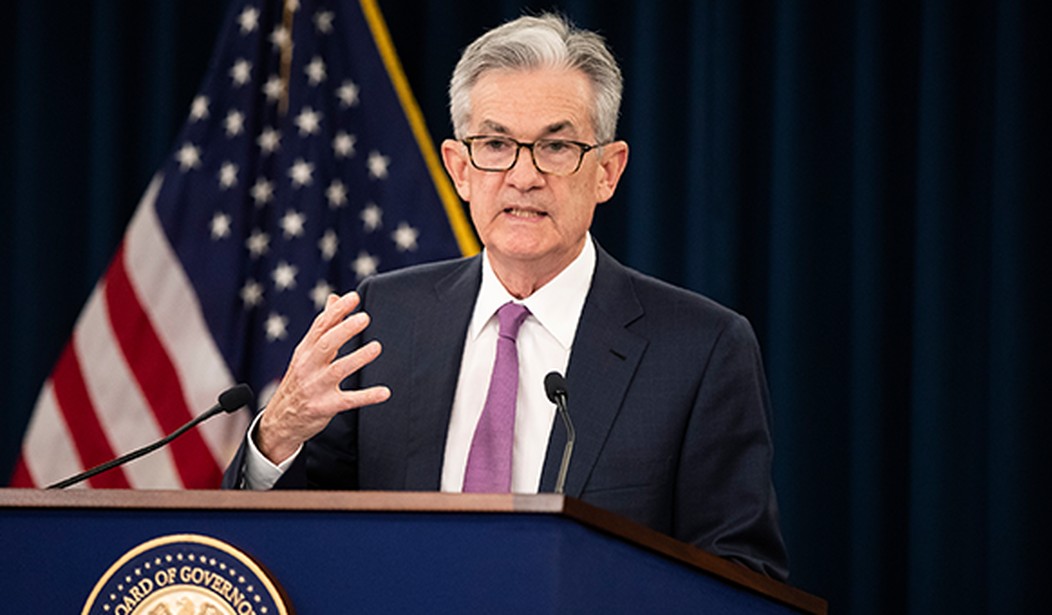Consumer prices fell slightly in February from 6.4% to 6%, but Washington isn’t cheering. If you exclude energy and food prices, inflation actually rose from 0.4% to 0.5%, showing that the core inflation rate is still rising and still under pressure.
With the bank system teetering on the edge of a disastrous collapse, Federal Reserve Chairman Jerome Powell is torn between continuing his effort to tame inflation by raising interest rates and easing up on rate increases to keep the economy from stalling out.
Even though prices are rising much faster than the Fed wants, some economists expect the central bank to suspend its year-long streak of interest rate hikes when it meets next week. With the collapse of two large banks since Friday fueling anxiety about other regional banks, the Fed, for now, may focus more on boosting confidence in the financial system than on its long-term drive to tame inflation.
That is a sharp shift from just a week ago, when Chair Jerome Powell suggested to a Senate committee that if inflation didn’t cool, the Fed could raise its benchmark interest rate by a substantial half-point at its meeting March 21-22. When the Fed raises its key rate, it typically leads to higher rates on mortgages, auto loans, credit cards and many business loans.
Food prices eased a bit, rising 0.3% in February — the smallest monthly gain in two years. But grocery prices have increased 10% over the last year.
“These data support a quarter-point rate hike at the Fed’s meeting next week,” Rubeela Farooqi, chief U.S. economist at High Frequency Economics, said in a research note. “The decision ultimately will depend not only on the economic data but also financial stability concerns, which could keep the Fed on the sidelines next week.”
Bank stocks took a huge hit after the announcement that SVB and Signature Banks had collapsed. After a White House bailout plan was announced on Sunday, stocks of smaller and mid-sized banks recovered some of their prior plunges caused by worries that customers could yank out all their cash.
Chairman Powell had indicated that the Fed was considering a full-point increase in interest rates largely because inflation was staying stubbornly high.
“The Fed is stuck between a rock and a hard place,” said Brian Jacobsen, senior investment strategist at Allspring Global Investments. “Inflation met expectations but is still uncomfortably hot. Financial stresses are intense. Prudence would dictate they pause, but couple it with a stern warning that if inflation trends don’t improve that they might need to hike more.”
The Fed’s Open Market Committee will meet on March 21 to discuss whether it should increase interest rates or stand pat in the wake of the bank failures. Much will depend on whether Biden’s stealth bailout of SBV and Signature will calm the nerves of consumers and investors.










Join the conversation as a VIP Member